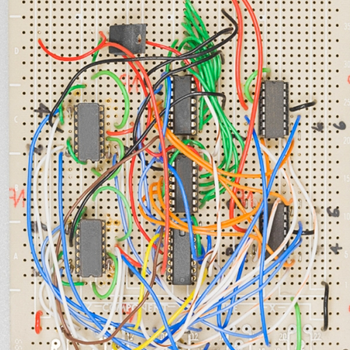Question #73f2e
1 Answer
What is the inequality to prove? I can't answer without it!
Explanation:
[What is the arithmetic-geometric sequence?]
An arithmetic-geometric sequence is the product of an arithmetic sequence and geometric sequence.
For example, a sequence
is an arithmetic-geometric sequence with general term
More information:
https://en.wikipedia.org/wiki/Arithmetico%E2%80%93geometric_sequence
[Sample question]
Let
[How to solve?]
Generally, you can use the mathematical induction and the squeeze theorem to solve this type of inequation or limitation.
For example, if you can prove
Since
Alternatively, you can caluculate the sum

